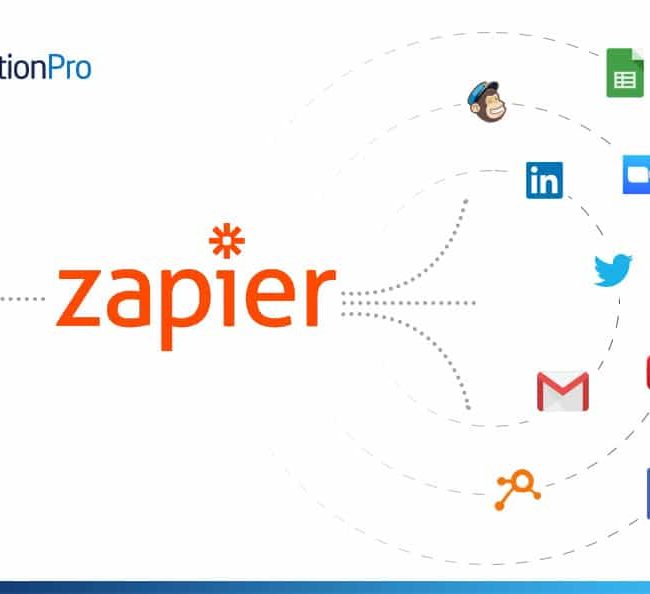
Your brand is a story.
Esseen tyyppi: / esseepistettä.
KIRJALÄHTEET
| KIRJA | KIRJAILIJA |
|---|---|
“Readers try to find a coherent model or interpretation of the text. When an in cohesive text makes this difficult, readers spend extra time and cognitive energy to remediate the in cohesiveness. They reread the text to search for the link, or they search through their memories to retrieve the connection, or they make an inference about a possible relationship. With this extra effort, mature readers may be able to form a coherent interpretation of the text.”
— Bonnie Armbruster, Ph.D., professor of Education at the University of Illinois at Urbana-Champaign
Building a Story Brand is based on this idea, creating brand that doesn’t use cognitive energy to understand. This was a very interesting book, because what the author Donald Miller did was to use the structure of a story-line and used it to create a structure for a brand. The goal of this says Donald is that we avoid noise that floats around the brand and we go straight to the point.
Here is the structure:
Character

Your customer is the hero of the story not the brand. Your hero wants/need something. “Identifying a potential desire for your customer opens a story gap. A story gap is important because this will bring up the question, will the hero get what they want?
Has a Problem

The character will have three different types of problems and of course this includes the villain of the story.
Villain doesn’t have to be a person but should have personified characteristics. A villain should be the root cause of the hero’s troubles.
External: the external problem is something that is easy to perceive but you do not want your brand to focus on that. External problem for ex. is buying paint just to fill in the gaps in the walls.
Internal problem is the real reason why your customer should be buying the product. They are not really buying the paint because they want to fill the gaps of missing paint. They want to buy the paint because they want their house to look nice, and comfortable.
“The only reason our customers buy from us is because the external problem we solve is frustrating them in some way. If we can identify that frustration, put it into words, and offer to resolve it along with the original external problem, something special happens. We bond with our customers because we’ve positioned ourselves more deeply into their narrative.”
― Donald Miller, Building a StoryBrand: Clarify Your Message So Customers Will Listen
Meets a Guide

The guide should be your brand. Why? Because you are the expert on the topic. You should show competency solving your customer’s problem.
Who gives them a plan

The main job of the guide is to show them the way. You should mention the process, 3 to 4 steps your customer needs to follow to buy from you. Also, the agreement list which is a list of things that alleviate your customer’s fears of doing business with you.
And calls them to action

Needs a direct call and a transitional call. A direct call is something such as “buy it now! book your meeting!” A transitional call is something that you will provide your customers to keep on bringing them back until they decide to take the direct call.
And Ends in Success

Here you will describe the positive changes your customer will have if they use your product or service. It is important for your customer that you tell them what they will gain from making business with you.
That helps them avoid failure

Here you will describe the negative changes customer will have if they do not use your product or service. As well, it is important to tell them what they will miss out from not making business with you.
That transforms the character
How did your customer felt before using your product and how will they feel after using your product? An easy example could be using Coca-cola before using their product you felt thirsty and in need for something refreshing. After using their product your feel relieved, refreshed and happy.
Conclusion
I found very interesting in this book the idea of describing a brand as a story. I truly agree that it simplifies the process in the brain and it makes it simpler to understand the main offering of a company. Especially if we avoid the noise created by other companies and we go straight to the point. Something I that I will keep using is the External and Internal problems faced by the customer. It is true, when I buy sofa pillows, I buy them because I want to make my sofa look better and more comfortable. However, the internal problem is that I want my apartment to feel like home by having this little details around me. This book taught me that rather of thinking of each step as separated we should think about branding as a whole picture. Creating a story gives you the opportunity of simplifying each step and providing a brand that is easy to digest.




